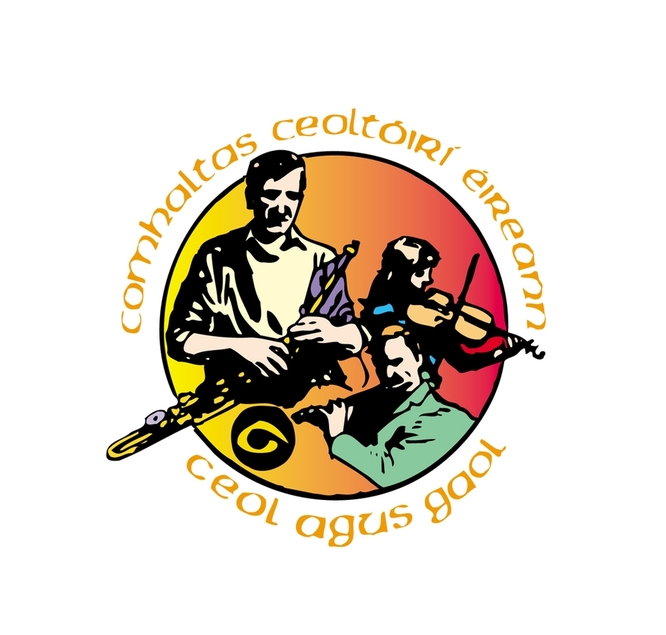Scoil Naomh Aingeal, Caisleán a'Bharraigh, Co. Mhaigheo
Main menu:
- Home Page
- The School
- Bulletin Board
- School Activities
- 2011 - 2012
- Bring and Buy
- Cake sale
- Canoes up
- Castlbar Celtic Winners
- Clós Spraoi
- Cross country
- Cycling
- drámaíocht
- Linen Hall
- Pancakes
- President Higgins
- rainforests
- Science day
- Seachtain na Gaeilge
- Sowing seeds
- Tennis in 1st & 2nd
- The Stonies
- World Book Day
- junior infants
- senior infants
- rang a hAon
- rang a dó
- rang a trí
- rang a ceathair
- rang a cúig
- 2010-2011
- Bring and Buy 2010
- Bring and Buy Proceeds
- Camogie in McHale Park
- Credit Union Quiz Winners 2011
- Cross Country 2010
- Cumann na mBunscoil
- Discover Primary Science
- Discover Primary Science Award
- Gairdín na scoile
- Green Schools Action Day
- Incredible edibles
- INTO Handwriting winners
- Language support class
- School Science Fair
- School Parade 2011
- Seachtain na gaeilge 2011
- Sports Day
- Archives
- Contact Details
Amhránaíocht/Singing
School Activities
Amhránaíocht sa Scoil
School choirs and music are very much part of the tradition of Scoil Naomh Aingeal. In recent years years the pupils have been offered the opportunity to learn traditional singing and sean-nós singing. Our pupils have enthusiastically embraced the ancient tradition of solo-unaccompanied singing. They sing the great songs of our ancestors e.g. Anach Chuain, Amhrán na Trá Báine, Sadhbh Ní Bhruinealla, Úna Bhán, As I Roved Out, The Month of January etc. Participation at local feiseanna, fleadhs and community events are thoroughly enjoyed by the pupils.
Girls from Scoil Naomh Aingeal enjoyed great success in Fleadh Cheoil Mhaigh Eo which took place recently in Claremorris. Seven singers represented our school in Amhráin Bhéarla and Amhráin Gaeilge. Comhghairdeas speisialta to Louise Ní Ghabhain and Mistura Akano who came first and third respectively in the Amhráin Ghaeilge section and Alison Ní Mhuraile and Mistura Akano who came second and third respectively in the Amhráin Bhéarla section. They now go forward to the Connaught Fleadh Cheoil in Mohill, Co. Leitrim on the 3rd of July!
Go néiri go geal leo! Táimid an-bhródúil astu!
Fleadh Mhaigh Eo, Clár Chlainne Mhuiris


What is sean-nós singing?
1. A bare voice (not 'sweet', with a certain 'natural fierceness').
2. No vibrato.
3. No dynamic. (loud/soft)
4. Emotion is expressed through the use of vocal ornamentation, which varies from singer to singer.
5. Free, non-metronomic rhythm used by the singer.
6. The meaning of the words dictates singing from the heart, with 'soul'. (Without dynamic - see above).
7. Often there is an emphasis on the consonants l, m, n, r to facilitate the free rhythmic pulse and to create a drone effect.
8. Occasional nasalisation.
9. Music takes precedent over the lyric.
10. Often extra meaningless syllables are introduced, e.g., "Thug (a) me".
11. The use of the glottal stop/dramatic pause.
12. It's unaccompanied.
13. The melody varies from one verse to the next, and from one performance to the next. This is often referred to as the 'variation principle'.
14. And last but not least, the singing is in the Irish language.
